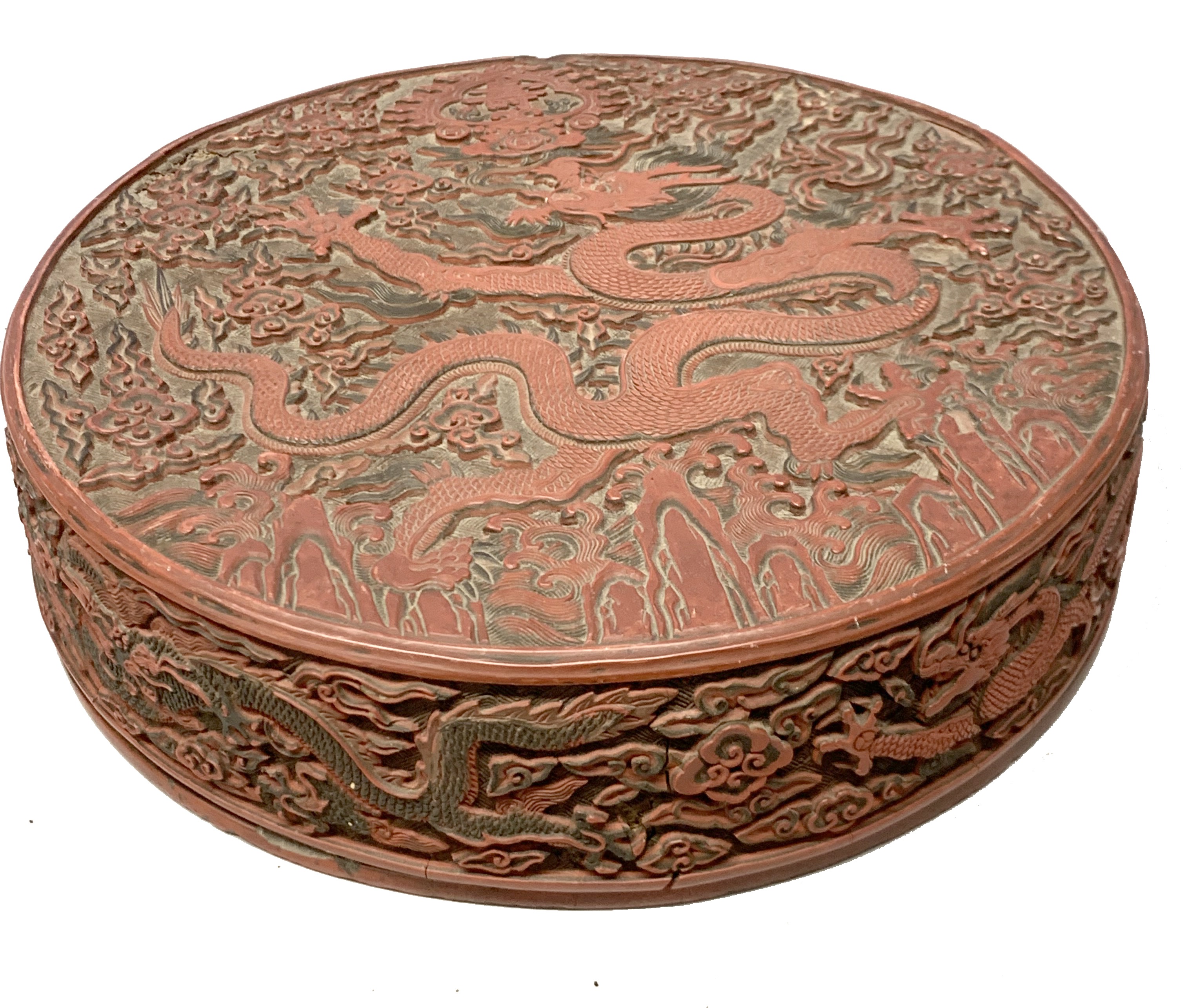

21/06/2024 General News
Mention the words ‘auction house’ to many people, and one of two pictures form in their head: either the hushed atmosphere of a big London house such as Sotheby’s or Christie’s, with high-rollers bidding millions for rare works of art by Old Masters, or else ‘auction as entertainment’ as seen on every TV antiques show from Bargain Hunt to Celebrity Road Trip, writes Tim Blyth.
Both of these do exist, of course. But a true auction house, one which has delivered value to its clients over many decades, will almost always be much more than this.
The country is dotted with ‘proper’ auction houses, which are offering a full service, backed by knowledgeable experts. Perhaps because many of them are like swans, seemingly floating serenely while all the hard work is happening out of sight, we are also seeing others coming into the market in the mistaken belief that running a saleroom is easy.
After all, all it needs is a few valuation days, maybe a minor TV celebrity lending their name to things and flitting in occasionally, and sporadic sales of cherry-picked items, doesn’t it? Well, if you want to offer clients true value, then no: it needs much more than this.
‘Fine’ sales are an integral part of the auction world, where the best lots can be separated out and offered to discerning bidders who may not be in the market for more modest items. But if that is all you do, then you are unlikely to be giving a full service to your vendors.
Placing lots in the right kind of sale is a key part of maximising value, and you can only do this if you offer a variety of levels of auction. The Fine Sales may be where the glamour is, but more regular antique and collectable sales, specialist auctions, and the more prosaic general sales all play a part in ensuring that lots find a buyer at the right level.
At Keys, we have run our weekly general sale on a Monday morning for decades. It is, if you like, the auction entry point. By consigning items to this sale (rather than, for example, allowing a house clearer to take them away), the vendor knows that our team will cast a knowledgeable eye over the lots, pulling out anything which might be better suited to a more prestigious or specialist sale.
The results of this can be modest, or in some cases, spectacular. A couple of years ago, a consignment for our weekly general sale included a piece of wood which to the untrained eye would perhaps be regarded as something for the fire. However, one of our specialists immediately recognised that it was a hardwood club of tribal and ethnographical interest – possibly an Aboriginal nulla-nulla. Placed in our monthly Antiques, Pictures & Collectables Sale, it made £1,100 (predictably, it sold to a private collector in Australia, bidding live online).
On another memorable occasion, what looked like a wooden biscuit tin was submitted for sale. Again, our experts identified it as a rare Chinese lacquered box, and it made a staggering £63,000, following a bidding war between two oriental buyers. The delighted vendor expected it to make £40!
Such events are rare, but the fact remains that to achieve the best price, an item must be in the right sale. There is no point putting up a more modest antique in a top-end sale; it will simply end up unsold. But in the right sale, its price will be maximised. Which is why auction houses which can offer every level of sale are the ones where you are most likely to get the best price.
Keys’ weekly sales take place every Monday morning; their next monthly Antiques, Pictures & Collectables sale is on Friday 12th and Saturday 13th July; their three day Summer Fine Sale takes place on Wednesday 24th, Thursday 25th and Friday 26th July. Full details at www.keysauctions.co.uk.